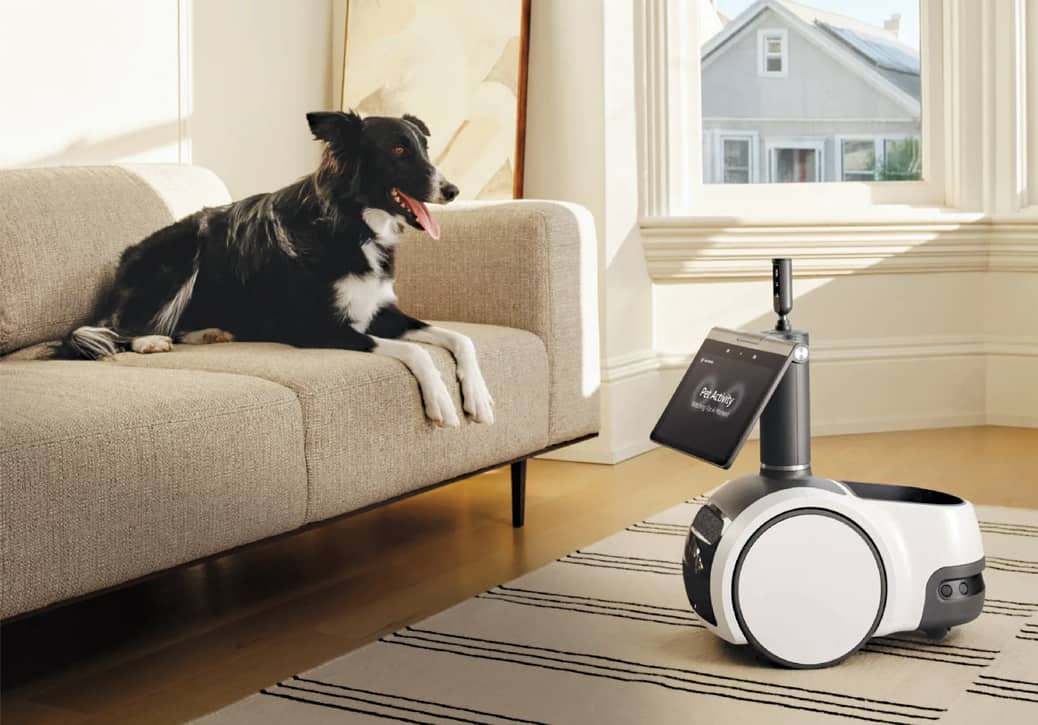Flying tech toys are taking off—find out which is right for you
By Marc Saltzman
 While the future of Amazon’s ambitious drone delivery service is still up in the air—literally, since the drone tests are being done in rural British Columbia as we speak—the idea of having a parcel dropped on your doorstep in less than 30 minutes is fascinating, to say the least.
While the future of Amazon’s ambitious drone delivery service is still up in the air—literally, since the drone tests are being done in rural British Columbia as we speak—the idea of having a parcel dropped on your doorstep in less than 30 minutes is fascinating, to say the least.
While “drones on the job” are probably a few years away, flying machines—sometimes referred to as UAVs (unmanned aerial vehicles) or “quadcopters”—have taken off in popularity for recreational use. In fact, North American sales forecasts predict category revenue topping $140 million in 2015, up a whopping 55 per cent over last year.
Curious about how to choose a drone that’s right for you? Take a peek at this first-timer’s primer. It’s sure to get you off to a flying start.
Let’s start at the top: price
There is a tremendous range in price for drones. A smallish model without a camera can be had for around $20, but you can easily shell out as much as $4,000 for a top-of-the-line model that comes with an Ultra HD 4K camera and GPS and is bundled with a souped-up controller for added precision.
Put in the simplest terms, the less expensive the drone, the more of a radio-controlled “toy” it is; the more expensive, the more abundant and flashier the features. Expect battery life to be shorter, on average, for less expensive drones. And they’re also likely to have limitations in wireless range and control options.
 As is true with most other technologies, the relationship between the quality of materials and the price speaks volumes. Generally, the cheaper the drone, the cheaper the plastics and the fewer the built-in safeguards (if any), to protect the propellers and body from crashes. (I tried out an entry-level drone and, at about eight seconds, I think I now hold the world record for quickest crash. As expected, the impact damaged the drone’s propellers beyond repair).
As is true with most other technologies, the relationship between the quality of materials and the price speaks volumes. Generally, the cheaper the drone, the cheaper the plastics and the fewer the built-in safeguards (if any), to protect the propellers and body from crashes. (I tried out an entry-level drone and, at about eight seconds, I think I now hold the world record for quickest crash. As expected, the impact damaged the drone’s propellers beyond repair).
While some of the higher-end models are built with carbon fibre or foam, you can expect at least to get better construction and stronger plastic in the pricier models. But, really, it’s the better controls and smarter software they offer that should reduce the odds of your new buddy doing a “downward dog.”
At the top of the heap, DJI’s Inspire 1 Plus (from $3,500) is one of the most sought-after new models among enthusiasts. Along with a flying range that tops nearly two kilometres, this quadcopter also lets you connect a screen or FPV (first-person view) goggles to watch live camera footage, if you want. It even supports use by two simultaneous users—one person pilots the quad while the other person pans and tilts the camera around. There’s even a companion app for smartphones and tablets.
You might want to be the proud owner of a drone with LED lights that give you the opportunity to have fun visually tracking the drone in the night sky. If so, consider the USA Toyz’s F180 Mini RC Drone ($40). Or simply pick up an aftermarket kit that lets you attach lighting yourself.
Getting a bird’s-eye view
Perhaps you’re a real estate agent looking to showcase the property you’re selling and you want great pictures. In that case, you will be buying your drone primarily for its ability to shoot video or snap good pics and you’ll need to ensure it has a good on-board camera, or at least that you can mount one (such as a GoPro or another POV cam). Be aware, however, that drones or images taken from drones cannot be legally used for commercial purposes unless you have a special waiver from Transport Canada (or the FAA if you’re in the U.S.).
Typically, drones that have cameras usually start with VGA video quality, followed by pricier HD cameras (720p or 1080p, usually at 30 frames per second), such as the Parrot AR Drone 2.0 (from $600) and Parrot’s new drone, the colourful Bebop ($1,200) with its 180-degree fisheye camera. Ultra HD 4K cameras, which can shoot video with four times the resolution of 1080p HD, trump HD cameras—but unless you own a 4K television or monitor to display that footage, you’re probably good with HD. (The aforementioned Inspire 1 Plus drone from DJI is the first to ship with a 4K camera.)
But it’s not just the quality of the camera you should look at. If you want a movable camera, check that the drone supports this, since some, like the Parrot models, only look straight ahead. Warning: While the wide-angle camera on Parrot’s Bebop lets you pan and zoom digitally, and also provides three-axis image stabilization, it is not as ideal as a camera on a gimbal, as seen in many DJI models.
On a related note, be aware that shooting video and snapping lots of pictures takes up storage, so look for a drone with ample on-board memory and/or expandable memory. The Bebop, for example, has an impressive 8 GB of internal storage (about 45 minutes of 1080p HD recording), but no microSD card slot (although the drone is reportedly getting a firmware update to store video on a USB stick). The DJI Phantom 2 Vision+, on the other hand, supports expandable memory (up to 32 GB).
You get remote camera viewing and recording with some drones, such as the 720p HD real-time feed from up to two kilometres on the DJI Inspire 1 Plus.
Are you in control?
When it comes to drones, there are two main ways to control the action: a bundled radio controller, and support for a companion app that is installed on your smartphone or tablet.
With the former, the left stick of a remote controller usually handles throttle (up and down) and yaw (rotation), while the right stick controls roll (left and right) and pitch (front and back). Along with the dual joysticks, the remote will likely have a power switch, colour-coded battery indicator and perhaps other buttons for tweaking controls. Of course, all this will vary on the make and model of your drone.
Smartphone control is an option with just a few drones, such as the Parrot AR Drone (the first quadcopter to do so) and the IndieGogo-funded Ghost Drone (US$599; or US$729 with a gimbal for GoPro). If this is important to you, be sure it’s offered before you buy.
Each control scheme has its advantages. A dedicated remote controller offers more precision for flying and lets you keep your eyes locked on your drone. However, a smartphone or tablet screen is ideal for tapping waypoints, drawing a flight pattern with your fingertip (like the $1,000 3DRobotics Axis+) and seeing what the camera sees. Some apps let you perform tricks, like a 180-degree flip and back again, with its onscreen (virtual) buttons.
Meanwhile, Parrot’s optional Skycontroller accessory for the Bebop ($2,000 for bundle) acts as a dock for the iPhone, iPad or other mobile device (up to 10.6 inches) being used to fly the drone. Along with the controller’s two analogue sticks for your thumbs, your mounted mobile device lets you see what your drone’s camera sees, and it extends the drone’s range by up to two kilo-metres (as it amplifies the Wi-Fi radio and antennas).
Marc Saltzman is a recognized expert in computers, consumer electronics, video gaming and internet trends. You can see him on CNN, CTV’s Canada AM, and on Cineplex movie-theatre screens across Canada. Follow him on Twitter @marc_saltzman.
Photos: Nixie












